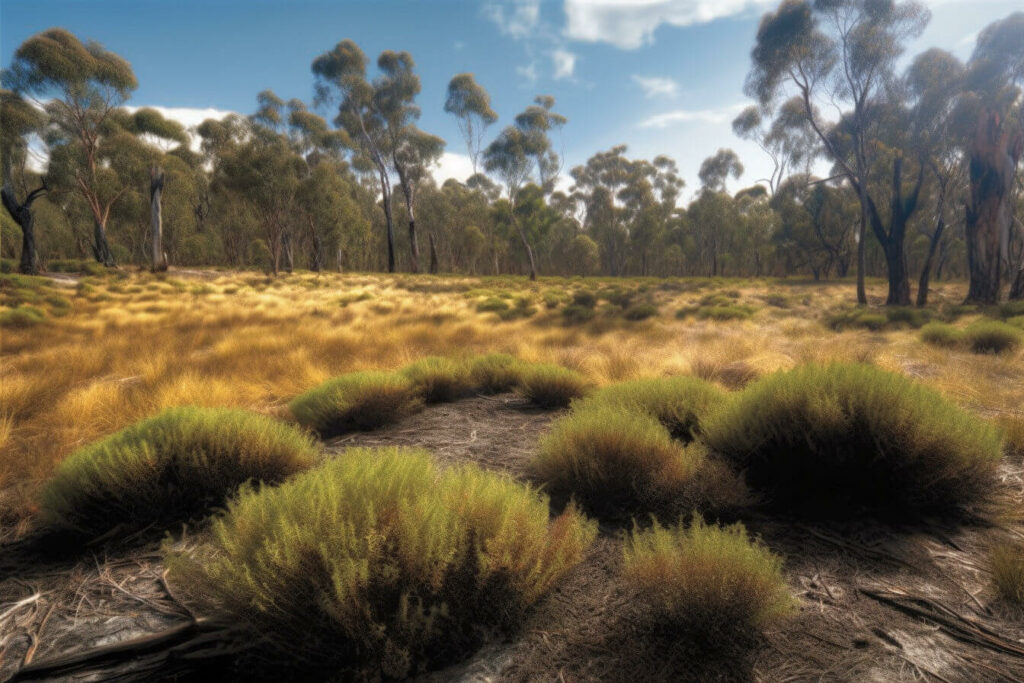This project built on previous Climate Futures research which suggested that fire danger may increase across much of Tasmania under ongoing climate change, with the fire season starting earlier in the year, and lasting for longer. This trend has important consequences for the ability to manage bushfire risk using prescribed burning, which is currently the only effective method of managing bushfire risk at the landscape scale in Tasmania.

The prescribed burning project investigated the changing opportunities for prescribed burning in Tasmania in the near future and towards the end of the century. Changes in the variables that determine when prescribed burning can be applied (rainfall, temperature, fuel moisture and atmospheric stability), were assessed. We found that in the future, weather conditions conducive to safe, low intensity burning may occur less frequently. Increased Drought Factor and Soil Dryness Index in spring and autumn, resulting from rising temperatures and reduced rainfall, are expected to result in increased fuel availability. These trends become evident in the near future (2021-2040), followed by substantial changes by the end of the century (2081-2100). This suggests a significant reduction in the ability to safely conduct and contain prescribed burns in the coming decades. These findings have important consequences for the ability to manage bushfire risk using prescribed burning in the future. The timing and resourcing of prescribed burning may be affected, with a narrower window of suitable weather conditions for burning. Alternative methods to build resilience to bushfire risk may need to be considered.
This report can be cited as follows:
Citation – Harris, R.M.B., Remenyi, T., P. Fox-Hughes, Peter Love, Bindoff, N.L. (2019) An assessment of the viability of prescribed burning as a management tool under a changing climate. A Report for the National Bushfire Mitigation – Tasmanian Grants Program (NBMP). Antarctic Climate and Ecosystems Cooperative Research Centre, Hobart, Australia.
The following papers were published as a result of this project:
